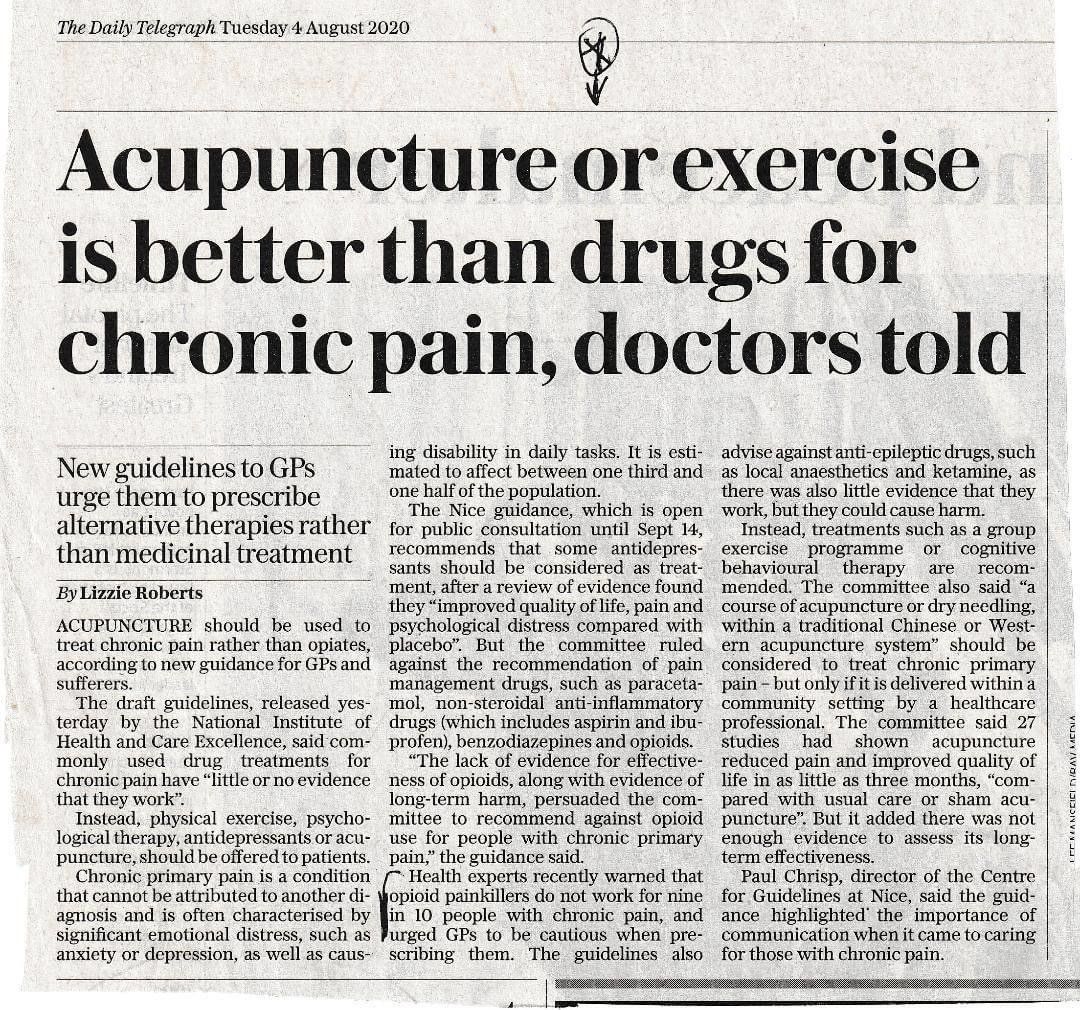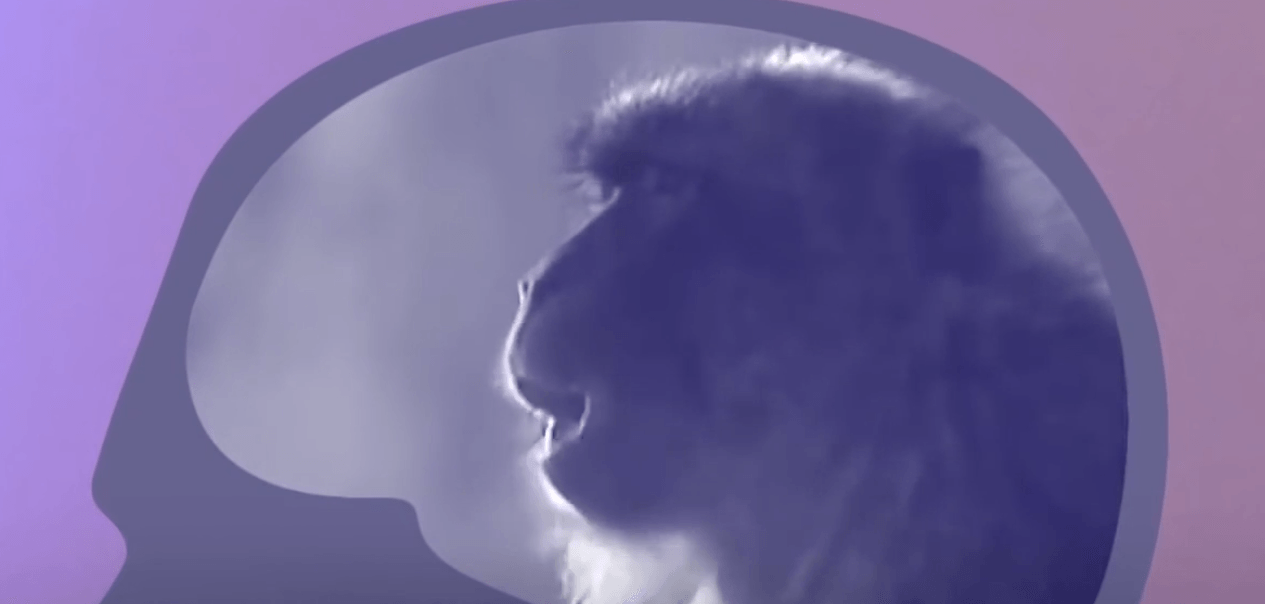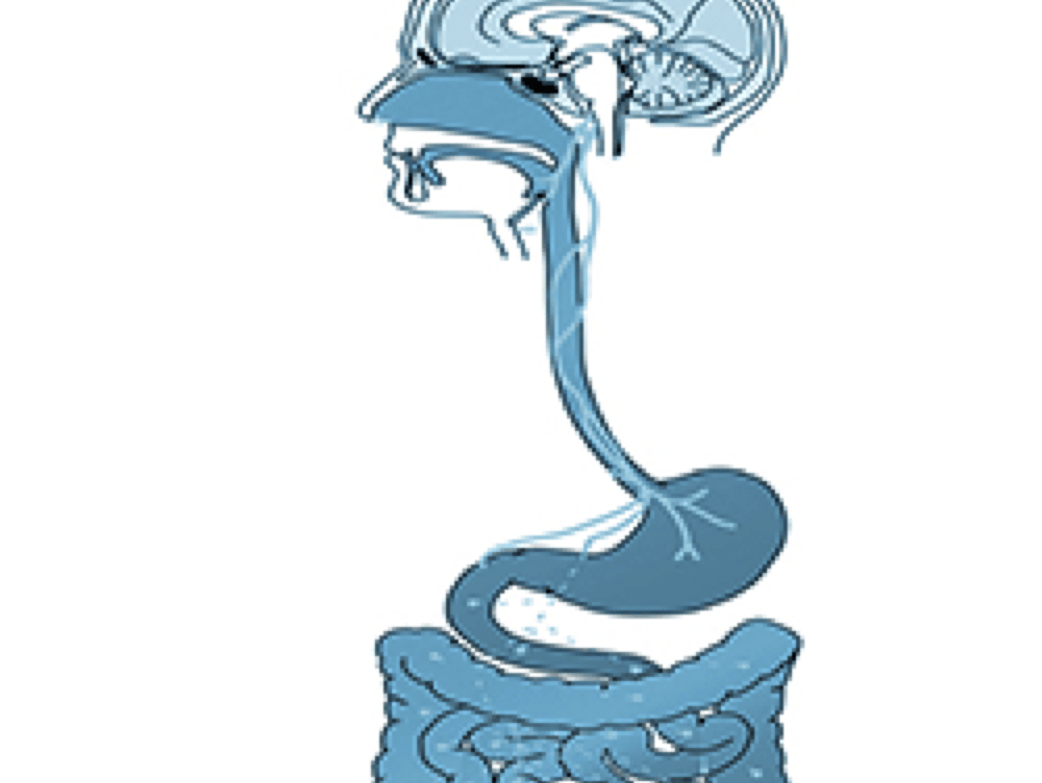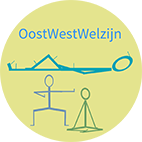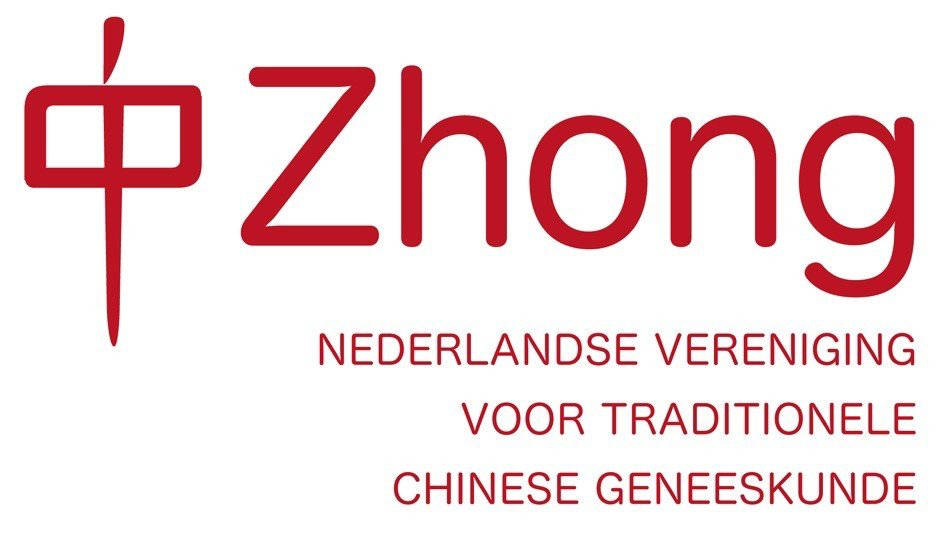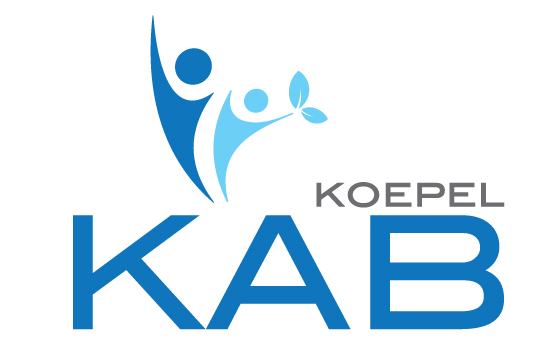The psoas major muscle is often referred to as the deepest core, or as yoga therapist and film-maker Danielle Olson states, the “muscle of the soul.” This core-stabilizing muscle located near the hip bone affects mobility, structural balance, joint function, flexibility, and much more.
In addition to its function to help keep the body upright and moving, the psoas is believed to allow you to connect with the present moment especially when it is stretched out and tension is released from the body.
Research indicates that the psoas is vital to our psychological wellbeing in addition to structural health.
Liz Koch, author of The Psoas Book, states that our psoas “literally embodies our deepest urge for survival, and more profoundly, our elemental desire to flourish.” This means that there is a lot more to the psoas than one might initially think. It is entirely possible to harness healing pranic energy and improve mental health by keeping the psoas healthy.
Where is the Psoas?
The psoas is the principal muscle associated with physical stability. It stretches from the legs to the spine and is the only muscle connecting the legs to the spinal column. The muscle flares out from the T12 vertebrae, follows down the five lumbar vertebrae, before attaching to the top of the thigh bone.
The Reptilian Connection
In addition to connecting the legs and spine, the psoas is connected to the diaphragm. Breathing is modulated at the diaphragm, and it is also the location where many physical symptoms associated with fear and anxiety manifest. Koch believes that this is due to the direct link between the psoas and the most ancient part of our brain stem and spinal cord, called the reptilian brain.
According to Koch, “Long before the spoken word or the organizing capacity of the cortex developed, the reptilian brain, known for its survival instincts, maintained our essential core functioning.”
The way we live today, constantly rushing, competing and achieving, has the psoas in a constant “fight or flight” state.
Issues Associated with Chronic Psoas Stress
Trapped in a constant “flight or fight” state, psoas muscles are stressed and constricted, almost from the time of birth. As Koch notes, “this situation is exacerbated by many things in our modern lifestyle, from car seats to constrictive clothing, from chairs to shoes that distort our posture, curtail our natural movements and further constrict our psoas.”
This lifelong chronic stress put on the psoas can lead to many problems like back, hip, or knee pain, and even digestive issues and dysfunctional breathing. It could also be a major cause why people suffer from chronic physical pain.
The physical body is not the only part of you that suffers from a chronically-stressed psoas. The psoas is much more than a muscle used for structural stability. It influences every element of life, from how you feel, to how you look at the world, and even how you treat others.
A variety of problems have been associated with a chronically-stressed psoas muscle: it can negatively affect your emotional state; it can impact your interpersonal relationships; and it can influence your general contentment with life. Awareness that a healthy psoas is important to emotional wellness, as well as physical health, is the first step towards ensuring that we give this muscle the attention it deserves.
Koch states, “Whether you suffer from sore back or anxiety, from knee strain or exhaustion, there’s a good chance that a constricted psoas might be contributing to your woes.”
Fear and the Psoas
Since the psoas is closely linked to our “fight or flight” mechanism, fear can be over-represented in those with a constricted psoas.
It is an emotion that manifests itself in the most unusual ways and can “lock” itself into the body resulting in both physical and emotional tension. By restoring balance to your psoas muscles, you are likely to release this pent up tension, which can have a profound effect on releasing unfounded fearfulness about life, and thus improve both your physical and mental wellbeing. You will feel a greater sense of inner peace, along with fewer muscle aches and strains.
